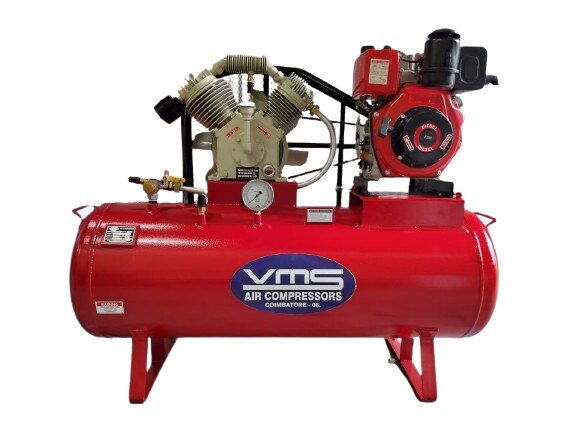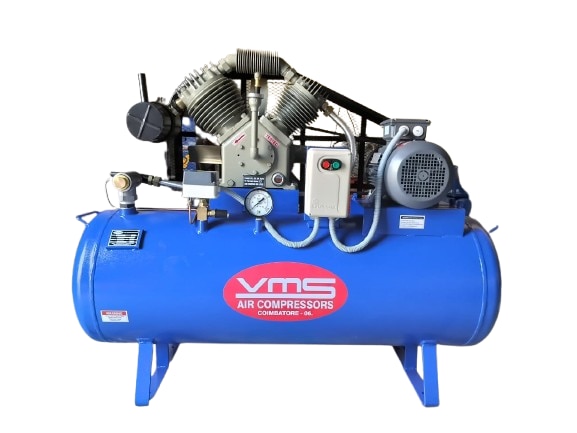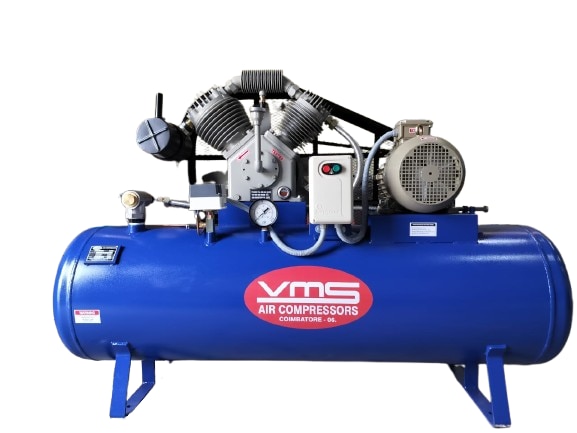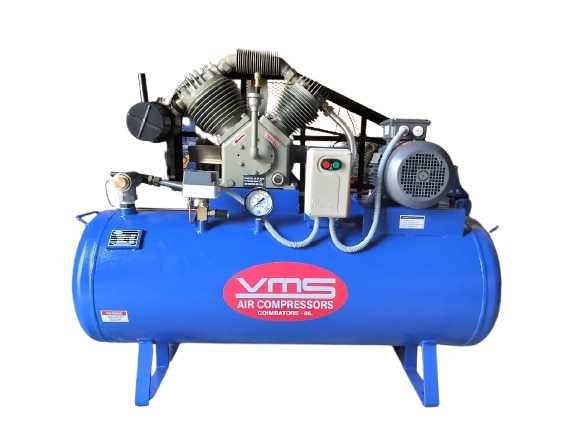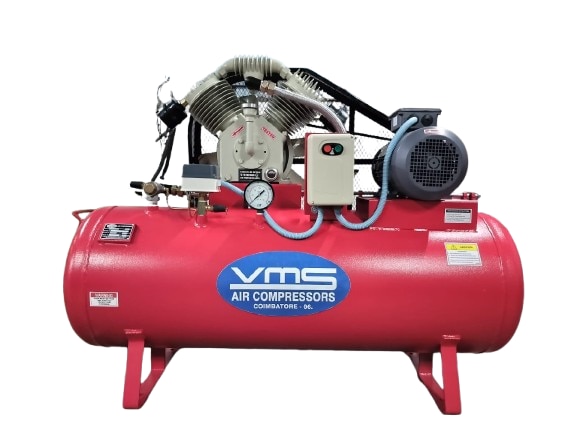Description
Product details
Engine-coupled air compressors directly connect a compressor pump to a drive motor (like a gasoline or diesel engine) without belts or gears, offering advantages like increased efficiency and reduced maintenance compared to belt-driven systems. Here's a more detailed look at engine-coupled air compressors: How they work: Direct Drive: The compressor pump is directly connected to the engine without any belts, gears, or pulleys. Engine Power: The engine's power is transferred directly to the compressor pump, maximizing compression performance. Compression: The pump draws in air and compresses it to a higher pressure, which can then be stored or used directly. Types: Both reciprocating and rotary-screw air compressors can utilize direct drive systems. Advantages of Engine-Coupled Air Compressors: Increased Efficiency: Direct coupling enables full engine output to be transferred to the pump, maximizing compression performance. Reduced Maintenance: Eliminating belts, gears, and pulleys reduces potential maintenance issues. Lower Noise: Direct drive systems tend to be quieter than belt-driven systems. Compact Design: Direct drive eliminates the need for additional components, resulting in a more compact system. Suitable for Remote/Mobile Applications: Engine-driven compressors are ideal for remote locations or mobile applications where electricity access is limited. Applications: Construction: Used for powering pneumatic tools, drilling, and other construction tasks. Mining: Used for drilling and other mining operations. Oil and Gas: Used for various applications, including drilling and pipeline pre-commissioning. Emergency Situations: Provide compressed air in remote locations or for emergency production line needs. Starting Diesel Engines: Used to provide compressed air for starting diesel engines in power plants and other applications.


